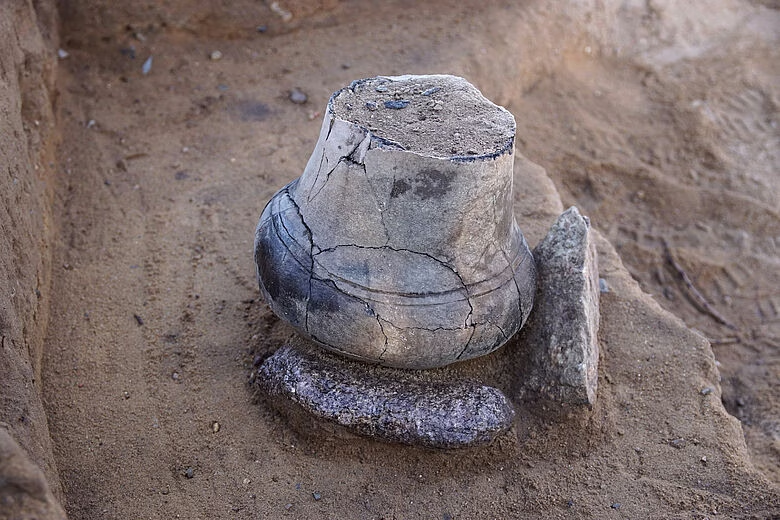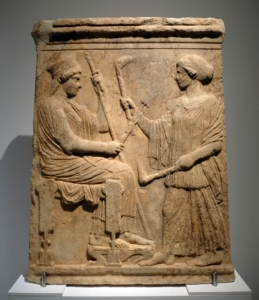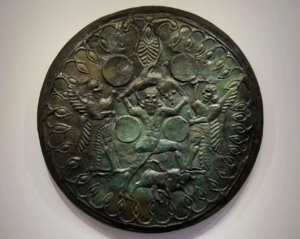A routine infrastructure project in Lower Saxony has led to a major archaeological breakthrough: nearly 3,000-year-old Bronze Age cremation urns have been unearthed in remarkably preserved condition. Experts are calling the discovery one of the most significant in recent years.
During preliminary excavations for a new drainage ditch along County Road K17 between the towns of Moisburg and Immenbeck, archaeologists from the Hamburg Archaeological Museum uncovered around 30 Late Bronze Age (1200–600 BC) graves, complete with stone-encased urns holding cremated remains.
“For the First Time in Years, We Recovered Complete Cremations”
Dr. Jochen Brandt, district archaeologist and head of the excavation, expressed the rarity of the find:
“For the first time in many years, we have succeeded in recovering complete cremations from an intensively cultivated area,”
said Dr. Brandt.
“Usually, urns have almost completely fallen victim to intensive modern agriculture.”
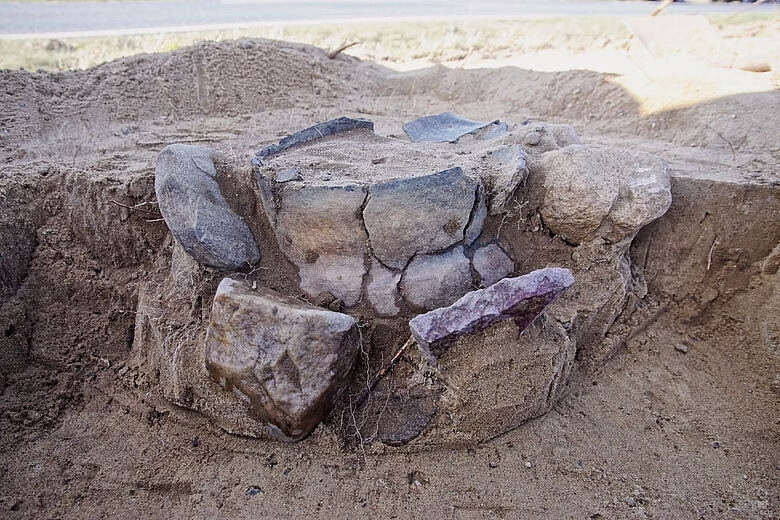
Insight Into Ancient Burial Practices
The urns were found in typical Late Bronze Age fashion — placed within stone-built burial chambers and sealed with large fieldstones. While most urns contained only cremated bone fragments, their context reveals significant cultural practices related to burial and the afterlife.
“Unfortunately, and this is also characteristic of the period, very little besides the cremated bones of the deceased is found within the urns,”
Dr. Brandt noted.
Scientific Research Hopes to Reveal More
Although the urns themselves contain limited artifacts, the bones they hold may provide deeper anthropological insights. Researchers hope to analyze the ashes to determine gender, age, and health conditions of the individuals buried here.
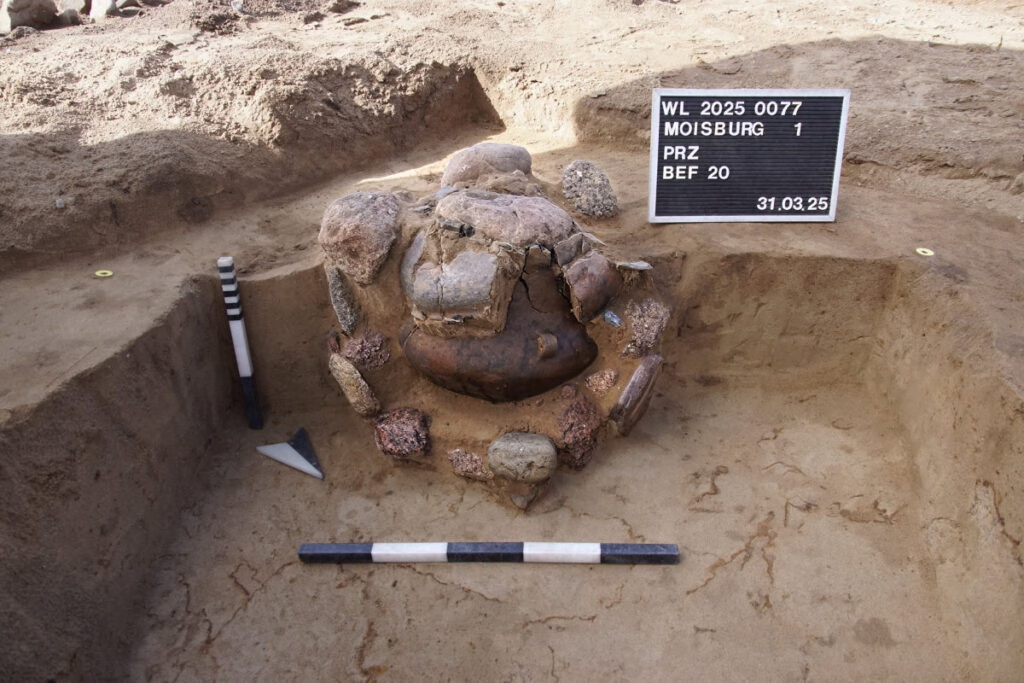
“These cremated remains might help us understand who these people were — their roles in society, their health, their life expectancy,”
Dr. Brandt added.
“We are currently seeking funding for these detailed analyses.”
Discovery Tied to Modern Drainage Construction
The archaeological investigation was initiated in conjunction with a civil engineering project aimed at improving drainage infrastructure along the K17 roadway. The new system includes a settling basin to filter runoff water and an infiltration basin for rainwater absorption. In place of trees removed during construction, 35 new small-leaved linden trees will be planted.
The excavation has since been completed, and roadwork is expected to conclude within four months.
